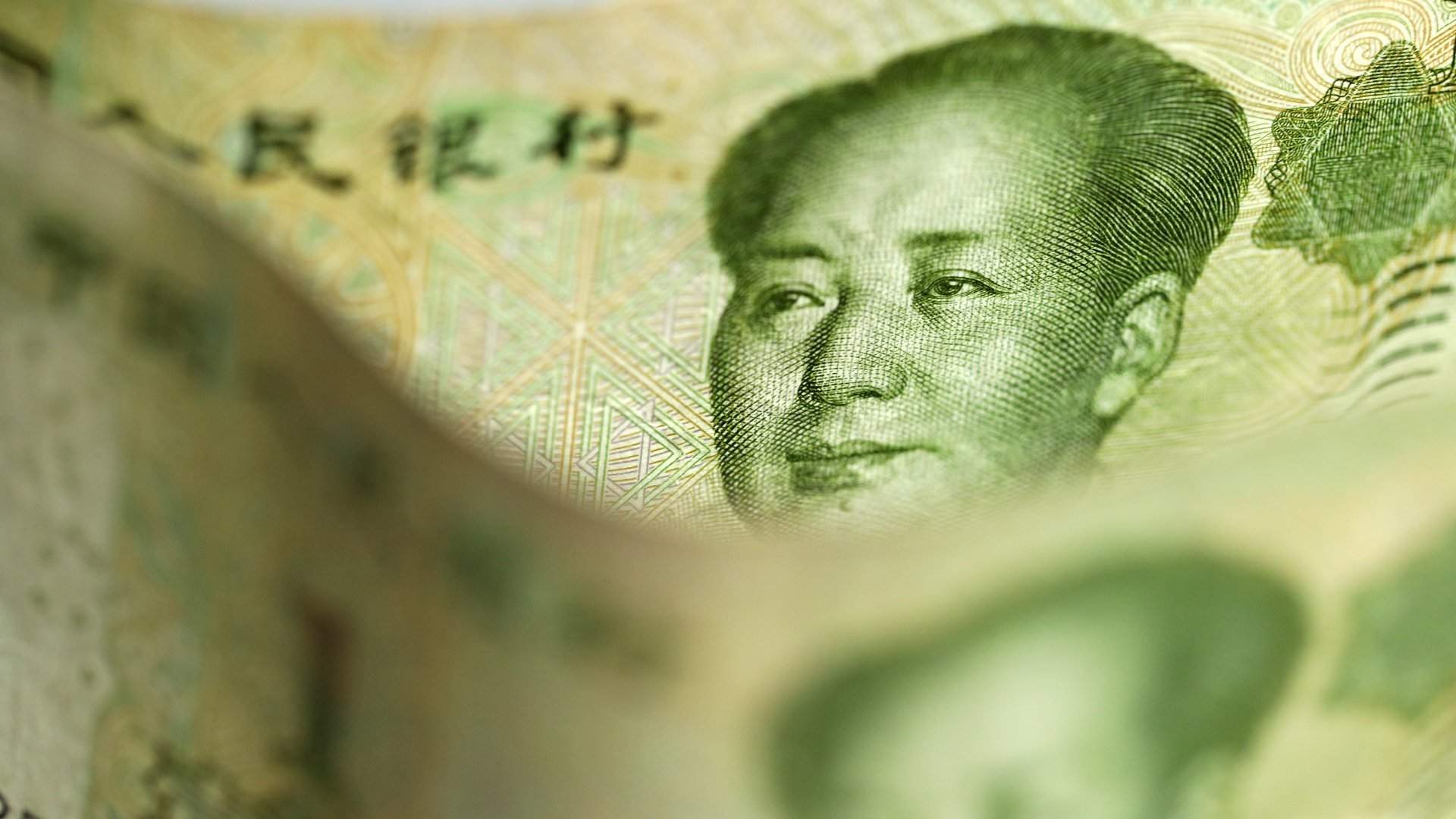
BRICS Plus The Yuanization of the global economy is gaining momentum
By Rhod Mackenzie
In recent years, the world has faced various shocks such as pandemics, military conflicts, and sanctions. These events have led to changes in the financial system, which China is capitalising on by promoting the yuan as an alternative to traditional payment units.
Russia also plays a significant role in this process. Following the outbreak of conflict in Ukraine, Western countries attempted to restrict the supply of Russian energy resources. This compelled Moscow to explore alternative options. Given China's significance as a trading partner of the Russian Federation, both countries began to settle their accounts in national currencies instead of dollars and euros.
In comparison, at the start of 2022, only 4% of Russia's exports were sold for yuan, and approximately a quarter of its imports from China were paid for in this currency. However, within a year and a half, significant changes have occurred. Currently, over 80% of Russian exports to China are purchased in yuan, and its imports are entirely paid for in Chinese currency.
It is important to note that the majority of these payments are for energy resources. It is evident that these calculations are crucial in the yuan's journey towards becoming a reserve currency. The significant volumes involved make it a vital aspect. Similarly, the dollar has been referred to as the petrodollar due to its historical use as the primary currency for oil payments worldwide.
It is worth noting that China is not the only country supporting this goal. Other countries also use the yuan in trade with China, especially those in the Asian region.
By mid-2023, the yuan surpassed the dollar in terms of cross-border transaction volume in China. Although only 20% of trade in goods is conducted in the national currency, this shift is significant.
The United States' use of sanctions as a geopolitical weapon undermines the value of the dollar. Numerous countries are attempting to decrease their reliance on the US dollar, reducing its presence in central bank reserves and settlements. It is widely acknowledged that Washington has the ability to freeze dollar assets at any given moment, and few are willing to take this risk.
Additionally, China is actively pursuing an offensive strategy, leveraging its increasing economic influence to encourage smaller nations to adopt yuan payments. Furthermore, as per media reports, Saudi Arabia may soon commence selling oil to China in exchange for yuan. Although the Saudis refute this claim, where there's smoke, there's fire - China is adopting a more assertive approach in the Middle East. If payments are indeed made in yuan, it would be a significant milestone and a severe blow to the dollar's dominance.
In conclusion, recent data shows that the yuan has surpassed the Japanese yen in popularity for international payments via SWIFT.
In November, the yen's share fell by 0.5% to 3.4%, while the yuan's share reached a historic high of 4.61%, up by 1 percentage point.
Meanwhile, the euro continued to reach new minimum levels, decreasing by 0.41 percentage points over the month. As a result, the euro's share decreased to 22.95%. Simultaneously, the dollar's share decreased by 0.17%, totalling 47.08%.
Therefore, the yuan is progressing in all areas, and its continued growth will be a significant catalyst next year.
